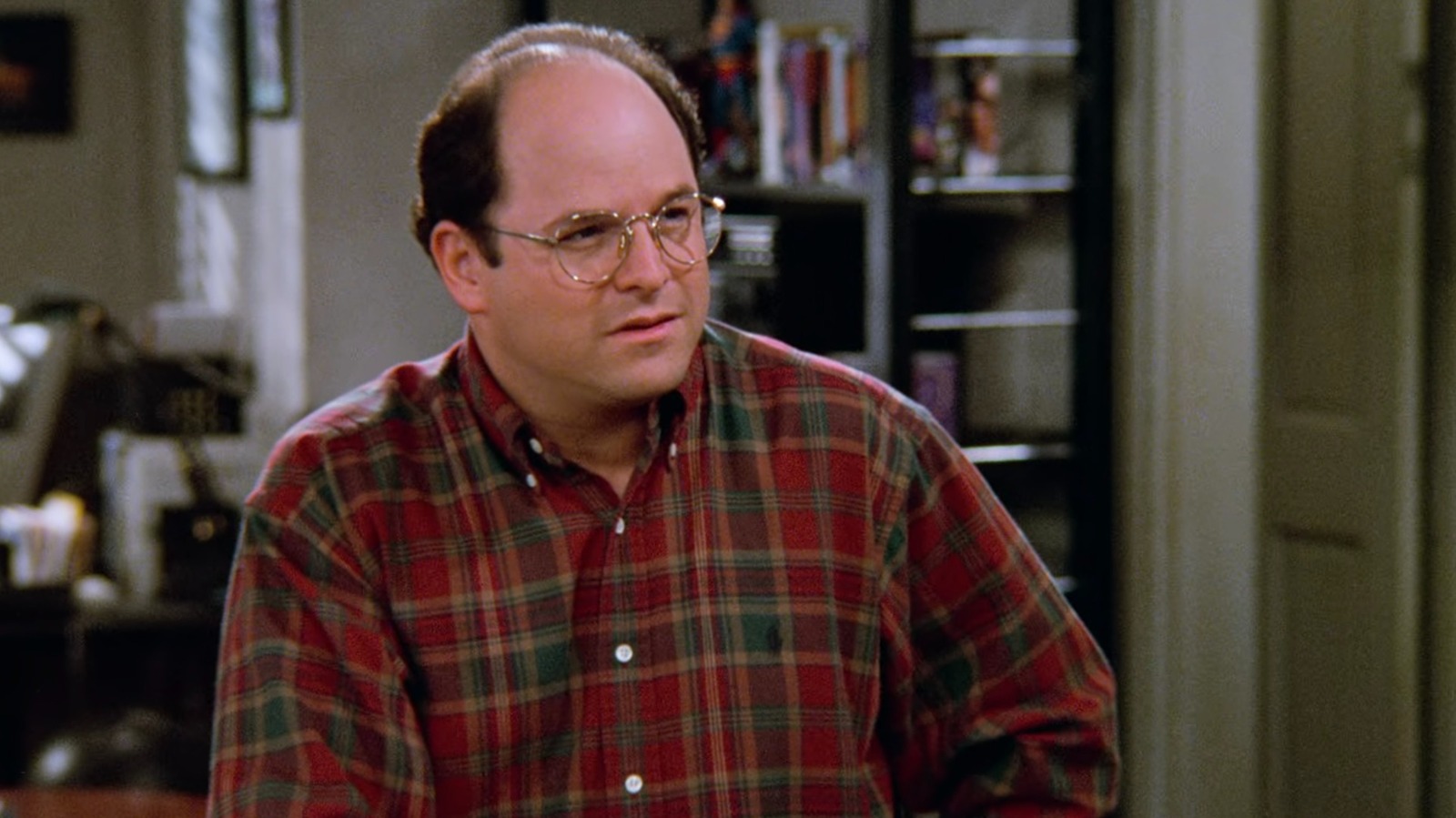Fashion
Birkenstock At 250: The Rich History Of A $5 Billion Fashion Statement

After 250 years of tradition, Birkenstock is a fashion super-brand that stands the test of time.
You might think Birkenstock is a product of the 1960s or 70s, when fashions relaxed and comfort took a giant leap ahead of conformity. In fact, the roots of the shoe brand go back centuries. 2024 year marks the 250th anniversary of a tradition that started when Johann Adam Birkenstock was listed as “subject and cobbler” in church records in the Hessian village of Langen-Bergheim, Germany, in 1774.
From those humblest of beginnings, the family tradition grew into an iconic global brand that became a symbol of the hippie generation and, more recently, a style statement for people like Heidi Klum, Gwyneth Paltrow and Kendall Jenner. The remarkable history of the brand is chronicled in a hefty new book, “Birkenstock: The Evolution of a Universal Purpose and Zeitgeist Brand,” that publishes in June.
It was Johann Birkenstock’s great-grandson Konrad Birkenstock, who, in 1896, started making contoured foot “beds” when most standard soles were flat (he also invented the first three-dimensional shoe “last,” the basis of all modern shoe-making). The footbed innovation, billed as “health footwear,” did more than support arches, it set Birkenstock apart as an early wellness product that shifted the way people thought about shoes and even walking: a healthy footbed wasn’t just good for your soles; it was good for you.
The product we recognize as Birkenstock did launch in the 60s, with the “Original Birkenstock Footbed Sandal,” an athletic open-toed sandal with a deep and flexible cork insole that first came to the U.S. in 1966. Known as the “Madrid” since 1979, the signature shoe gently forced users to clench their toes to keep the sandals on, which turns out to be great for building muscle tone. The cool kids of the counterculture loved the unconventional look but “Birks” was a hit with gymnasts, surfers and other athletes who wanted a full-time workout at their feet.
In 2012, the Birkenstock family gave up control of the company as it expanded into a global colossus that, by 2018, was selling an estimated $800 million in shoes. The pandemic’s comfort-first fashion aesthetic boosted sales even more, and in 2021, private equity firm L Catterton, with backing from luxury conglomerate LVMH, bought the brand in a deal that valued Birkenstock at close to $5 billion. Although its U.S. trading debut flopped at first, the stock has mostly steadied as the line continues to find its footing in a challenging market.
I’d never owned a pair of Birkenstocks until recently, but couldn’t resist the look of some new styles that definitely aren’t your hippie mama’s Birks.
New to the Birkenstock line, the light suede Honnef dresses up or down when a sneaker can’t quite … [+]
Birkenstocks Honnef is a suede new street shoe, for men and women, engineered for the company’s all-new Deep Blue footbed. The technology wicks moisture with its microfiber liner, and has extra shock absorption with its cork and jute cushion layering. I like the look that can toggle between casual walking-around-the-city days and spiffier moments when sneakers don’t make the cut.
The unisex Callan can be worn as a casual slip-on or with the ankle supports up for a touch of … [+]
Also in suede leather, the Callan is a slip on with a cork base that gives you the unique Birk footbed but with an edge of relaxed glamour. You can wear them with heel support or as a slide-in slipper, which makes the Callan feel like it’s on vacay.
The Madrid Big Buckle is a play on the classic Birkenstock shoe first introduced to the U.S. market … [+]
My wife went for the OG Birkenstock model, but in an updated version. The original Madrid sandal now comes with an oversized buckle accent and a high-shine finish on the natural leather. It zhuzhes up the classic Birk look for work events or nights out, and that famous footbed — the one Birkenstock has been running with for centuries — isn’t just good on the feet. With DNA that goes back 250 years, it’s style that is officially timeless.









